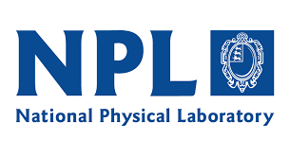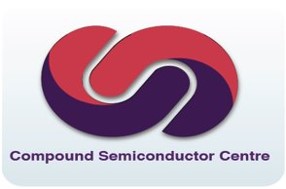The Project
Power electronics is currently dominated by silicon devices, which are not able to efficiently handle high electrical power densities, nor to operate efficiently at the high frequencies required for next-generation communications. Wide bandgap (WBG) compound semiconductors offer ‘game changing’ advantages including the ability to operate at higher power densities, voltages, temperatures, and switching frequencies with low energy losses. Devices using these new materials have reduced energy consumption and can be smaller/lighter than equivalent systems using silicon technology. The European industry is well-placed to lead the transition towards WBG semiconductors (particularly SiC, GaN, and ß-Ga2O3). However, the performance advantages of these materials are not yet realised due to their intolerance of defects, leading to poor manufacturing yield and disappointing operational reliability. Yield Enhancement is recognised as a Grand Challenge for the semiconductor industry requiring new methods to non-destructively detect and differentiate defects at high speed. New measurement techniques and data analysis methods are required for quantitative characterisation of WBG semiconductor wafer quality in terms of defect density and species. Metrological traceability and validation of these measurements is required to ensure industry-wide recognition of quality assurance and customer confidence throughout the supply chain. Effective pull-through of semiconductor technologies requires a ‘breadth of collaboration that goes beyond the national level or a single industrial stakeholder’. This effort needs to include National Metrology Institutes (NMIs), research organisations and the semiconductor industry, where the NMIs offer traceability to the SI that is required for mutually recognised quality assurance between commercial organisations.
The overall objective of the project is to develop novel measurement techniques for the characterisation of compound semiconductor materials with demonstrable relevance for use in the manufacture of power electronic devices.
The specific objectives of the project are:
- To develop instruments for the rapid (less than 1 minute), accurate and non-destructive detection of nanoscale (less than 100 nm) defects in industrially relevant compound semiconductor wafers (15 cm diameter) and dies. The instruments should be based on optical scatterometric, spectroscopic, compressed sensing or other in-line techniques.
- To develop highly accurate and traceable methods for the detailed characterisation of defects in industrially relevant compound semiconductors in the 5 nm to 10 µm range. The methods should be based on advanced optical and electrical scanning probe microscopy or other off-line techniques. Multiple methods could be used, but each method should have a spatial resolution better than 50 nm.
- To develop accurate and traceable methods for quantifying the quality, i.e. defect type and density, of compound semiconductor wafers with uncertainties less than 10 %. The results from fast optical spectroscopic analyses should be correlated with those obtained using advanced scanning probe microscopy and both material and processing defects should be considered.
- To identify key measurands that will ensure the quality of industrially relevant wide-bandgap materials, e.g. GaN and SiC, and other emerging materials e.g. Ga2O3. This should include an assessment of the effects of different types of defect on the materials’ optoelectronic properties and on the performance of a range of power electronics devices, which use these materials.
- To facilitate the take up of the technology and measurement infrastructure developed in the project by the measurement supply chain (accredited laboratories, instrumentation manufacturers), standards developing organisations (CEN, ISO) and end users (compound semiconductor industry, power electronics industry).














